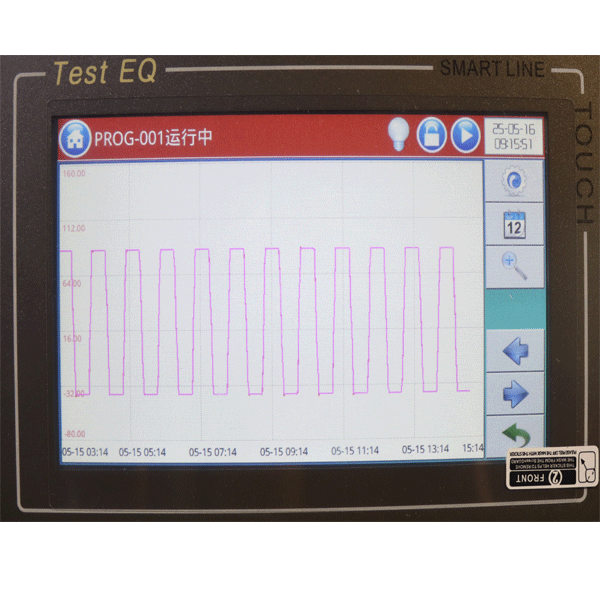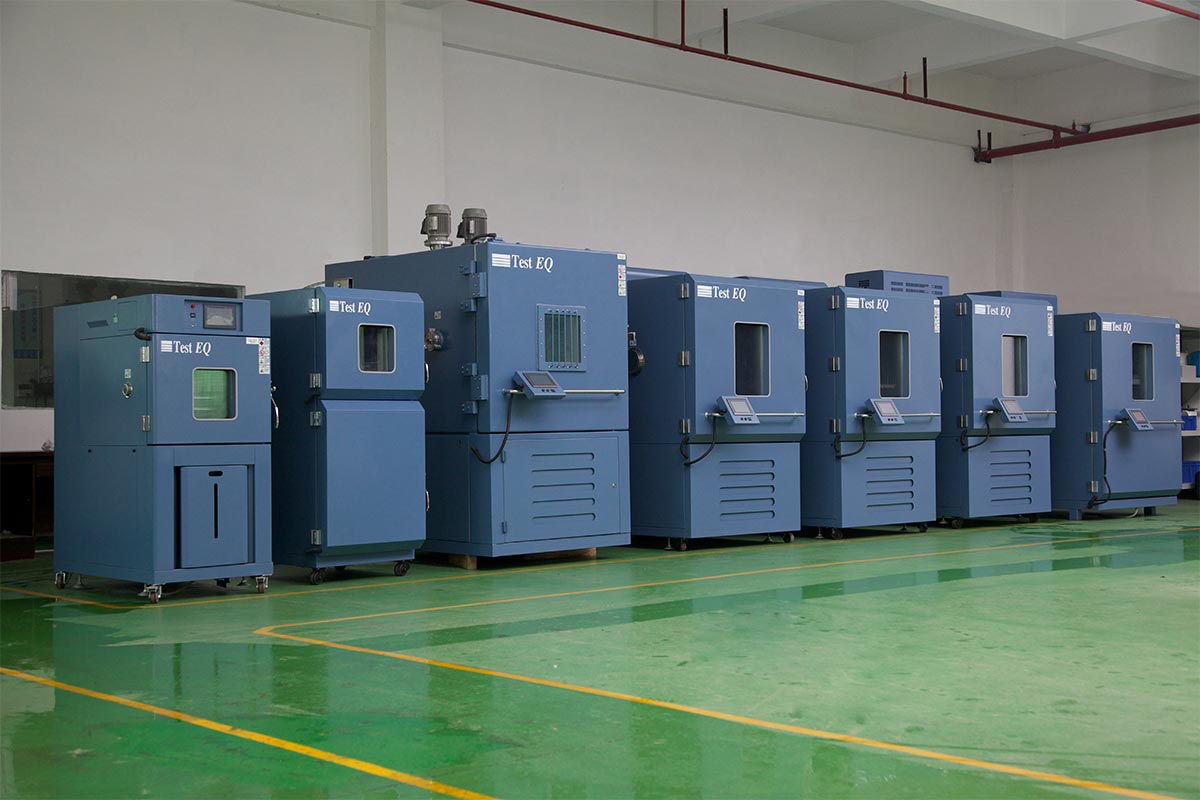As global technological advancement accelerates, the reliability and durability of semiconductor components have become more critical than ever, especially in high-stakes environments such as aerospace, satellite systems, defense electronics, and high-performance computing. These sectors demand extreme environmental resilience, particularly under rapid thermal stress conditions.
To meet these demands, semiconductor manufacturers and system integrators rely on environmental simulation testing to validate device performance under real-world or accelerated life-cycle conditions. Among these tests, rapid temperature change (RTC) testing is one of the most stringent and revealing.
Several international standards govern the design, execution, and interpretation of rapid temperature change testing for semiconductors. These include:
| Standard | Description | Relevance |
| MIL-STD-883H Method 1008.1 | U.S. Military Standard for Environmental Testing of Microcircuits | Mandates RTC testing for defense and aerospace applications |
| IEC 60068-2-14 | IEC Standard for Environmental Testing – Part 2: Tests – Test N: Change of Temperature | Widely adopted in Europe and globally for commercial and industrial electronics |
| JEDEC JESD22-A108 | JEDEC Standard for Temperature Cycling for Integrated Circuits | Industry standard for IC qualification, including RTC profiles |
| RTCA DO-160G / DO-160H | Environmental Conditions and Test Procedures for Airborne Equipment | Applicable for aerospace and avionics applications |
| ECSS-E-ST-20-20C | European Cooperation for Space Standardization – Thermal Vacuum Testing | Required for satellite and space-bound components |
These standards define specific test profiles, temperature ranges, dwell times, and transition rates, with a growing trend toward higher temperature change rates (e.g., 20°C/min) to simulate accelerated aging and uncover latent defects.
1.Technical Requirements for a 20°C/min Rapid Temperature Change Chamber
To meet the demands of these international standards, particularly for 20°C/min testing, a rapid temperature change chamber must be engineered to the following technical specifications:
a.Temperature Range and Transition Rate
Operating Range: -70°C to +180°C (common for semiconductor testing)
Transition Rate: ≥ 20°C/min (linear rate, not average)
Temperature Over-Shoot Control: ≤ ±1.5°C (critical for test accuracy and component protection)
Stabilization Time: ≤ 5 minutes in each temperature extreme (after transition)
b.Temperature Uniformity and Control
Uniformity: ≤ ±1.0°C in the working zone
Control Logic: Real-time adaptive PID control with predictive thermal modeling
Intelligent Monitoring: Continuous tracking of chamber status, data logging, and remote diagnostics
c.Cold/Hot Balance Technology
Energy Efficiency: Utilizes cold/hot balance strategy to reduce reliance on heating during constant-temperature phases
Sustainability: Achieves up to 30% energy savings compared to traditional chambers
Heating Reduction: In constant phase, heating is minimized or eliminated, using refrigeration modulation to balance temperature
d.Automation and Data Integration
Smart Control System (V3.0): Enables real-time monitoring, fault detection, and test profile optimization
Automated Reporting: Test logs, anomaly detection, and compliance reports generated automatically
Integration with MES/ERP: Facilitates Industry 4.0 readiness for smart lab environments
e.Structural and Safety Features
Insulated Chamber Body: High-density polyurethane foam with anti-corrosion coating
Refrigeration System: Dual-stage cascade refrigeration with high-efficiency compressors (e.g., CO₂ or R449A refrigerants)
Safety Interlocks: Over-temperature protection, low-refrigerant alarm, and emergency stop
User Interface: Touchscreen HMI with multilingual support and intuitive test programming
2.Industry-Specific Testing Requirements and TESTEQ’s Alignment
| Industry | Key Testing Requirements | How TESTEQ Meets and Exceeds Them |
| Semiconductors (Commercial & Industrial) | JEDEC JESD22-A108F, IEC 60068-2-14 | High transition rate (20°C/min), tight temperature control, cold/hot balance to reduce energy use |
| Aerospace & Avionics | RTCA DO-160G/H, ECSS-E-ST-20-20C | Precise over-shoot control (≤1.5°C), robust chamber design, real-time diagnostics |
| Defense & Mil-Aero | MIL-STD-883H Method 1008.1 | High reliability, ruggedized systems, automated compliance reporting |
| Satellite & Space Components | ECSS Standards, NASA-STD-3040 | Vacuum compatibility, ultra-stable temperature profiles, remote monitoring |
TESTEQ’s 20°C/min rapid temperature change chamber is uniquely positioned to meet these highly specialized needs. By integrating proprietary cold/hot balance technology with a smart V3.0 control system, TESTEQ ensures superior test repeatability, energy efficiency, and cost savings in operational and maintenance expenses.
In summary, the 20°C/min rapid temperature change chamber is not merely a piece of test equipment — it is a critical enabler of innovation in next-generation semiconductor development. As industries push the boundaries of performance and reliability, the environmental simulation tools used for validation must evolve accordingly.
TESTEQ has demonstrated a clear commitment to this evolution by designing a chamber that:
Meets and exceeds international standards
Incorporates cutting-edge control and refrigeration technologies
Offers real-time monitoring, automation, and energy efficiency
Supports complex testing needs across multiple advanced industries
With TESTEQ’s engineering expertise and integration of global best practices from ESPEC, Weiss, and Thermotron, the company is well-positioned to become a leading force in environmental simulation, contributing to the future of aerospace, satellite, defense, and semiconductor innovation.

If you would like, I can also provide a technical specification sheet, test protocol examples, or help design a custom test plan for your 20°C/min chamber based on specific customer or industry requirements. Let me know how else I can support your mission.



